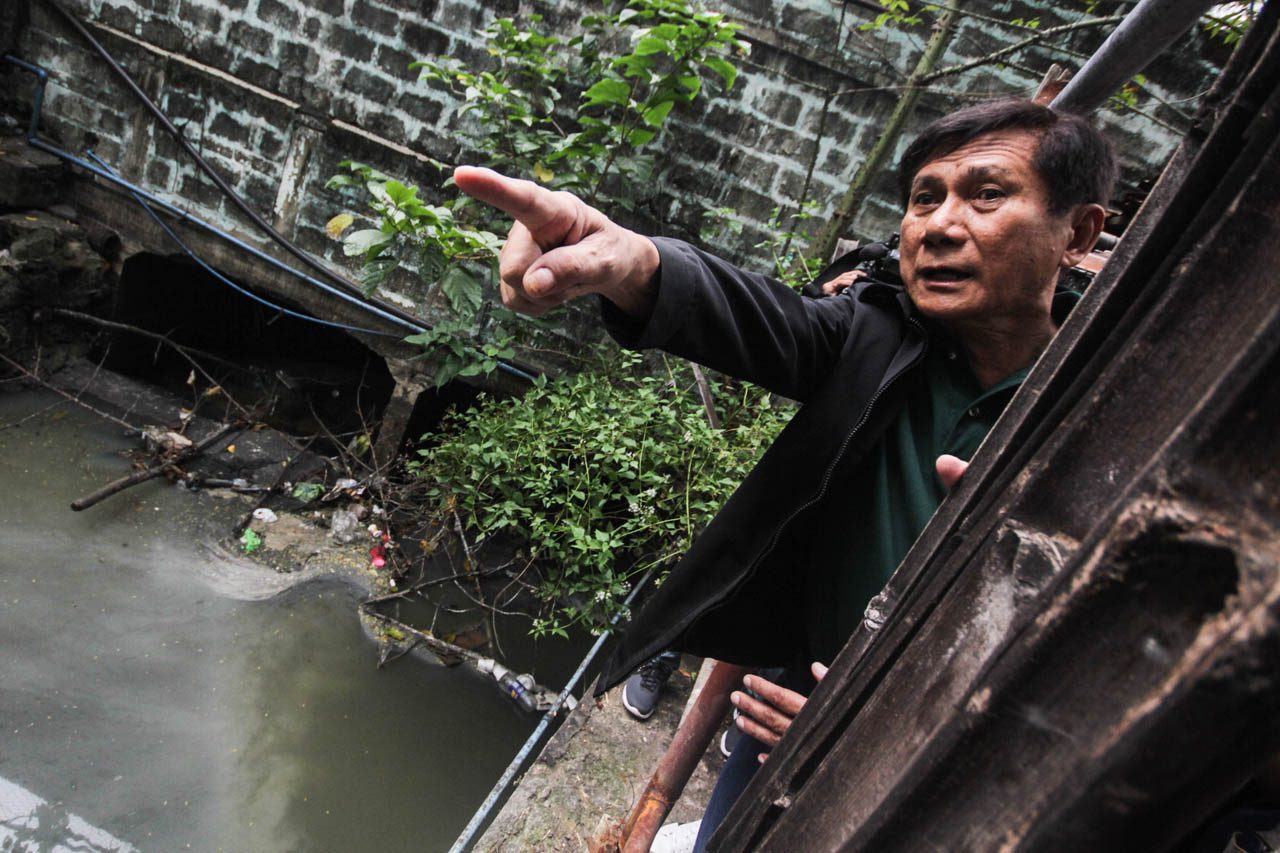SUMMARY
This is AI generated summarization, which may have errors. For context, always refer to the full article.

MANILA, Philippines (UPDATED) – Several establishments around Manila Bay are at risk of being closed over insufficient infrastructure that ensure proper waste disposal, Environment Secretary Roy Cimatu warned on Friday, January 11.
Cimatu, with officials from attached agencies, led the inspection of some 200 establishments and 38 hotels for possible violations.
They found that majority of the hotels do not have proper sewage treatment plants.
Aside from hotels, the Department of Environment and Natural Resources (DENR) discovered that residential areas, hospitals, and factories violated laws.
Cimatu and other DENR officials inspect La Huerta in Parañaque, which is another area along #ManilaBay with high coliform concentration. #ManilaBAYanihan #SaveManilaBay pic.twitter.com/11azOeLX7H
— DENR (@DENROfficial) January 11, 2019
Cimatu also inspected Estero de San Antionio Abad, a waterway connected to Manila Bay, and found that the establishments which have no treatment facilities dispose dirty water there.
“I’m very much disappointed because this validates reports that these establishments throw their waste water here. We have to correct it,” he said.
The environment chief also identified the waterway as the “ground zero” of the Manila Bay rehabilitation efforts.
In a statement on Saturday, January 12, Cimatu said the agency is giving the establishments 3 months to put up their own sewage treatment plants.
He also said that Republic Act No. 9275 or the Philippine Clean Water Act of 2004 will strictly be implemented, as it is the “key to addressing water quality issues and other environmental problems in the historic bay.”
The DENR also inspected the Manila Zoo, which admitted that it had no sewage treatment plant despite the government’s imposition of the requirement on all establishments since 1997.
Manila Zoo officials insisted that animal waste from the zoo are converted to fertilizers.
The DENR said the rehabilitation efforts will be modeled after the experiences in the 6-month closure of Boracay. It is set to begin on January 27, with no definite end date as of now.
Some groups have already voiced concerns over the planning of the cleanup. The Tourism Congress of the Philippines has pointed out that the Manila Bay is the catch basin of waste around Metro Manila and not just surounding establishments.
The DENR pegged the cost of the rehabilitation at around P47 billion. Cimatu said the rehabilitation would also require the relocation of informal settlers.
The agency has yet to make public a breakdown of rehabilitation expenses.
Cimatu added on Saturday that the Manila Bay Action Plan will have 3 phases: cleanup and improvement of water quality, rehabilitation, and protection and sustainment.
According to Cimatu, phase 1 or the cleanup and improvement of water quality is set to begin this year.
“It will include the clean-up of esteros and waterways, reduction of the level of fecal coliform and toxic discharges from establishments, and provision of temporary sanitation facilities for informal settlers residing along the esteros and the Manila Bay shoreline. Solid waste management and planning for the relocation of the informal settlers will also be done,” the DENR said. – Rappler.com
Add a comment
How does this make you feel?
There are no comments yet. Add your comment to start the conversation.